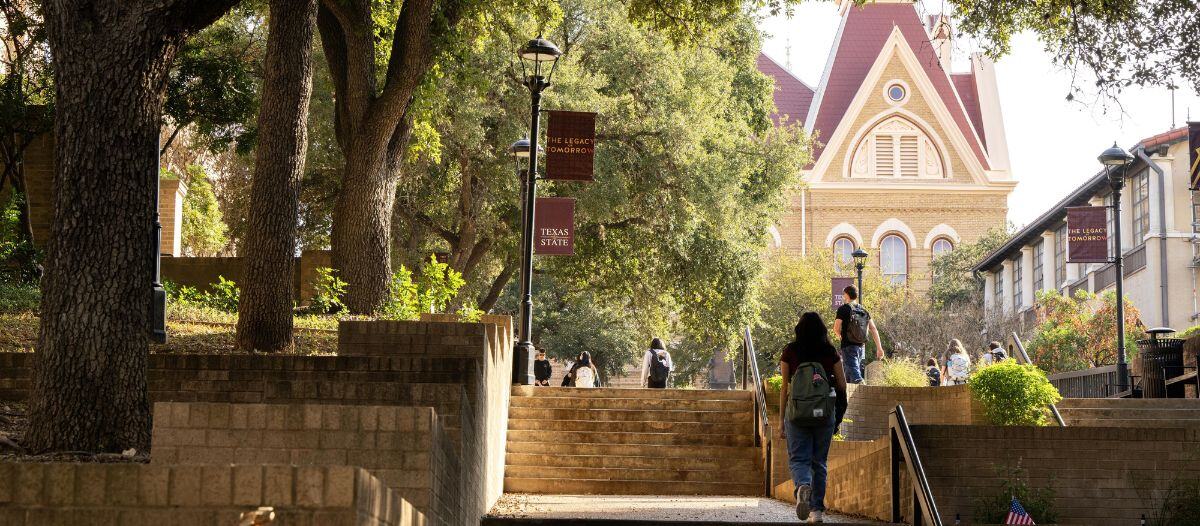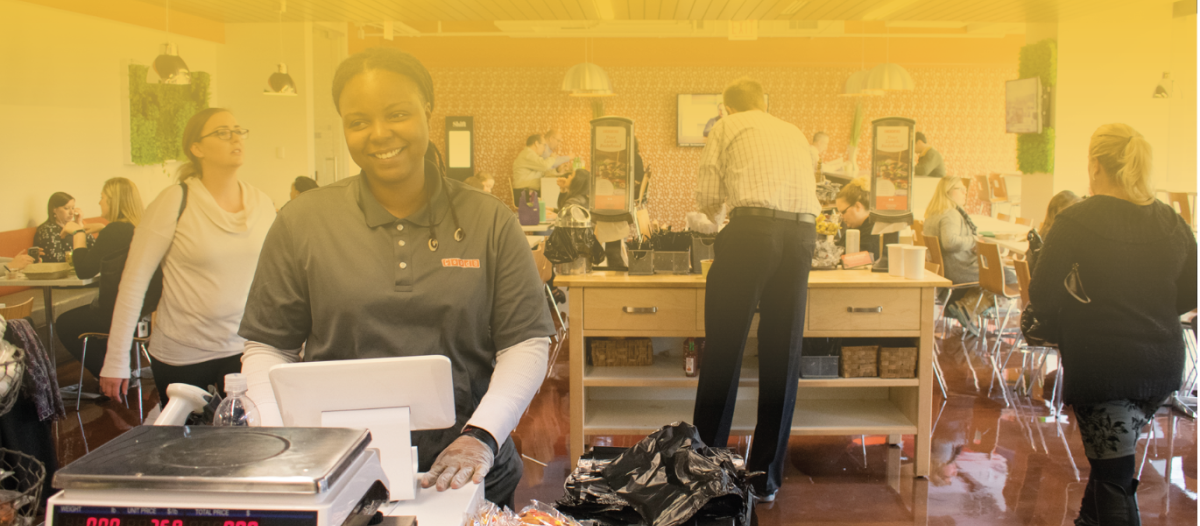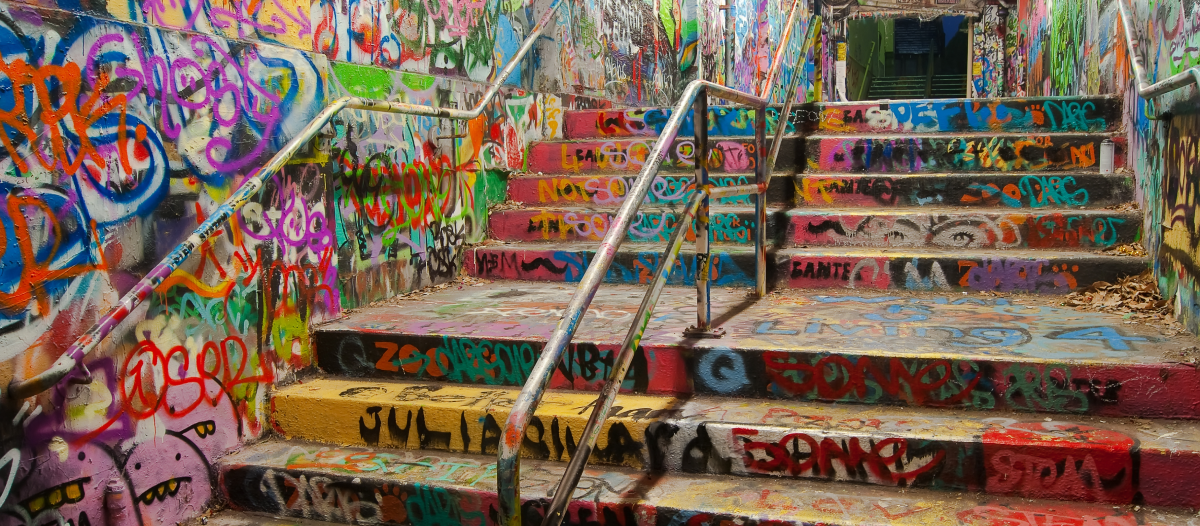Home Away from Home
Evolving student housing

Off-campus student housing goes beyond a building with some apartments — at its root, student housing must help nurture a supportive environment where students can learn, thrive, socialize and find respite. For many students, this will be the first home they have that is not with parents, guardians or chaperones (like dorm housing). They have reached a new level of independence, while still requiring a bit more of a helping hand than the average adult.
The emphasis on environment has only intensified since the onset of the pandemic. As COVID-19 shut down college classrooms and forced a hybrid learning model, students found themselves depending on their living spaces to provide a holistic environment conducive to productive learning and work, on top of a healthy home and social life. Even as universities reopen their doors to students, the expectations for what a living space must be able to provide has not reverted to its pre-pandemic state.
When it comes to the future of student housing, specifically over the next year, there are three major property features that owners should consider when creating the best possible environment for students, especially as COVID-19 continues to impact their lives: reassessing amenities, prioritizing space and ensuring top-tier property teams.
Amenities: From luxury to necessity
The environment a student housing property creates for its residents should extend beyond the walls of their individual units. By incorporating amenities that benefit students’ physical and mental well-being, facility managers and property owners can facilitate a more holistic living experience for residents.
Developing properties within a close distance to their respective schools’ campuses allows for easy commutes and limited stress for students. In addition, throughout the pandemic, pivoting to make cleaning services the top priority is a must, as is continuing to keep the same level of cleanliness to help combat nervousness and unease among young residents. These stakeholders must be able to trust the safety of the environment they live in. All of this helps create a living situation that is more supportive of mental well-being.
At one time, some amenities may have been seen as a luxury perk but are now often seen as necessities for many student renters, as well as their parents or guardians, across the country.
A place for physical activity
- According to experts, regular exercise and spending time outside can help ease symptoms and feelings of depression and anxiety. With this in mind — and with mental health being at the forefront of overall well-being — it is critical to provide residents with access to a variety of options when it comes to physical activity. Students can become and stay active with access to gyms, specialty workout rooms (such as yoga studios and kickboxing rooms), as well as outdoor recreational areas like pools, a variety of sport courts, courtyards and gardens. Housing providers can even encourage movement and physical activity by offering amenities such as bike rooms, where residents can safely store their modes of transportation.
A pet-friendly atmosphere
- It has been proven that having furry companions can increase mental well-being. By offering pet-friendly living opportunities and enabling residents to share their space with beloved cats and dogs (and more), housing professionals can make home a happier space for students. Housing providers can also look to provide amenities for said furry friends such as dog runs and parks, and programming such as pet socials and play time.
An easily accessible location
- By developing properties near campus, housing providers can allow for easy commutes and, therefore, limited stress for students. Also, providing access to transport shuttles to and from campus can help students safely get to and from school, and home again without parking concerns.
A proactive plan for cleaning services
- Throughout the pandemic, awareness of the importance of heightened cleaning efforts has magnified. It is critical to continue enhanced upkeep, as it helps combat nervousness and unease among young residents.
Safety features
- Students should feel safe in their living space. By incorporating state-of-the-art security systems (including locked front gates, secure parking options, FOB-accessible lobby doors, surveillance cameras and even on-location security personnel), property owners and FMs can create an environment that is not only safe, but also helps students feel safe at every checkpoint.
As the student housing market evolves and students’ needs and concerns change, these amenities will be increasingly necessary and prevalent.
Personal space is everything.
Today’s residents are asking for more open and accessible space, and it is more important than ever to answer their call swiftly and effectively. In recent years, student housing demands have been trending toward units in which each resident has their own room and, ideally, their own bathroom. This phenomenon has only increased in prominence since the pandemic. In the immediate aftermath of the COVID-19 outbreak, these living spaces became more than just where students slept — it was now their classroom, their study nook at the library, where they virtually met with their professors after class, their extracurricular club’s virtual meeting space, their dining hall and their hangout space with friends. As a result, the time they spent in their unit increased drastically, and the importance of having the right ratio of shared to personal space, to do everything they needed (and wanted) to do, followed suit.
There are many properties that did not, and perhaps still do not, match these expectations. However, looking to the future, property owners and FMs should consider ways to renovate their existing properties to cater to a more even living ratio.
Bring the A team
A building is only as great as the team that runs it. The team that is on site at a property every day is the resident’s first line of assistance for any issues and often the main source of information. They must carefully walk the line of being more supportive than an employee at an average apartment building, while allowing for a higher level of resident independence than a resident advisor at a dorm. In addition to that, there is often a second audience that needs to be addressed when it comes to renter relations: the parents or guardians supporting the student resident. A team member should be available 24/7 through state-of-the-art platforms — providing peace of mind to residents and guardians whether there is an incident at a property, or simply to share tips prior to holiday break on how to ensure the unit stays clean.
This type of hands-on and accessible support should begin before the move-in date. In a post-pandemic world, this includes virtual touring and leasing options being available to all who may be considering the property as a future home. Consider making investments into things like virtual leasing programs, as this is critical to creating the best, most time-efficient and safest leasing experience for employees, students and parents alike. In addition, by encouraging team members to be incredibly responsive and available through the web programs, potential leasers will not be missing out on the personalization of the renting experience.
In the aftermath of the pandemic, there is an opportunity for student housing to, like a phoenix, rise from the ashes of confusion and diminished well-being. Now is the time for student housing property owners and FMs to take a hard look at how they are supporting the overall well-being of those who live in their units. Not only are the basic expectations changing, but the level of support that can be provided to residents grows by the day as well. With more information about how to support well-being, as well as new technologies and opportunities that provide the space to do so, it is the FMs’ and property owners’ responsibility to up the game to the next — far more holistic — level.
There are a few ways to start. By accepting amenities that previously seemed luxurious as necessary, adapting properties to provide the space that a modern student needs, and reenforcing it with a high-quality team at every property, owners and FMs can create a living environment that promotes health and happiness for today’s student renter.

Miles Orth serves as principal, senior vice president and chief operating officer of Campus Apartments Inc. Orth is responsible for the company’s overall business operations, which includes an extensive portfolio of purpose-built student housing and conventional multifamily properties, along with mixed-use developments. He has 15 years of experience in real estate development and management, including student housing, conventional apartments and commercial properties. Orth serves on the board of directors for the National Multi-Family Housing Council, is an advisory board member for the National Apartment Association’s Student Housing Task Force and a member of the Urban Land Institute, International Council of Shopping Centers, the Pennsylvania Society and the World Affairs Council of Philadelphia. He is involved with Habitat for Humanity, Cares Food Network and World Vision.
References
org/diseases-conditions/depression/in-depth/depression-and-exercise/art-20046495
nih.gov/2018/02/power-pets
Read more on Real Estate and Occupancy & Human Factors
Explore All FMJ Topics









